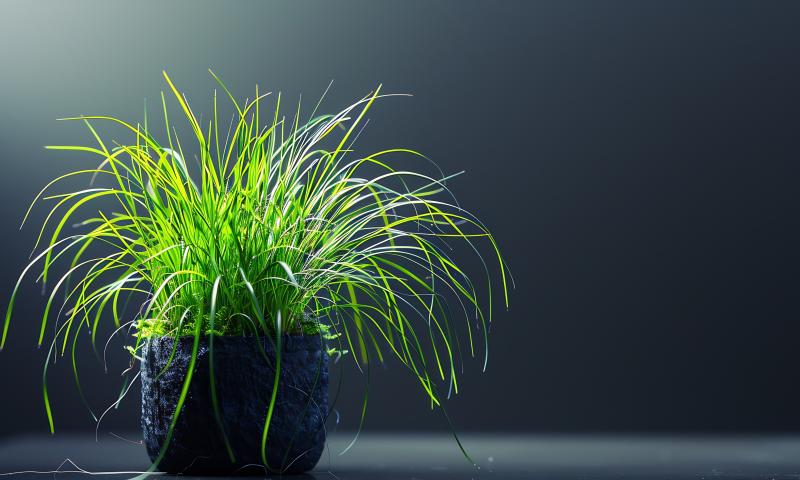 />
/>
Botanical Characteristics
Mondograss, scientifically known as Ophiopogon japonicus, is a perennial plant notable for its lush, tufted, grass-like appearance. It forms dense clumps of thin, arching leaves that are dark green in color. The plant typically reaches up to 15 cm in height, and during the summer, it blooms small, inconspicuous purple or white flowers. These flowers often give way to blue-black berries, which are both visually striking and an integral part of the plant's lifecycle.
Chemical Composition
Mondograss is composed of a variety of compounds that contribute to its unique profile. These include steroidal saponins, flavonoids, and polysaccharides. The presence of these compounds suggests that the plant has various uses and interactions in its natural state, contributing to its resilience and the way it interacts with its environment.
Habitat
Native to the shady forest floors of Japan and China, Mondograss thrives in moist, well-drained soils. It is commonly found under the canopies of larger trees where it enjoys the dappled light. This plant is highly adaptable and is often used as a ground cover in gardens due to its hardy nature and minimal care requirements.
Historical Facts
Historically, Mondograss has been appreciated both for its aesthetic appeal and its various uses in traditional practices. In East Asian cultures, it has been utilized in gardens for centuries, valued for its ability to cover ground effectively and create a serene, green landscape. Beyond its ornamental use, Mondograss has been mentioned in various historical texts that hint at its significance in traditional wellness practices.
General Benefits and Indications for Use
While not claiming any specific medical benefits, Mondograss is often regarded for its general ability to support a sense of wellbeing. In line with maintaining a natural lifestyle, incorporating Mondograss into one's surroundings can be seen as a way to enhance the natural beauty and tranquility of living spaces. This, in turn, might contribute to an overall sense of relaxation and calm.
In practices that focus on natural living, the use of Mondograss is often suggested to support a balanced lifestyle. It is indicated for use in situations where enhancing the natural environment is desired, promoting a connection with nature, which is an essential aspect of overall wellbeing.
How to Use
As a ground cover, Mondograss can be planted in garden spaces where it will spread naturally, creating a lush, green carpet. Its ability to thrive in shaded areas makes it ideal for underplanting beneath larger plants or trees. For those interested in its historical and aesthetic value, incorporating Mondograss into garden designs can provide a direct link to the traditional landscapes of East Asia, enhancing both the beauty and the tranquility of personal and community gardens.
Compliance with Regulatory Standards
It is important to note that the benefits and uses of Mondograss mentioned here are intended for general information and do not involve any claims of treating, curing, or preventing diseases. This complies with FDA requirements for the responsible communication of the characteristics and uses of botanical plants.
In summary, Mondograss is a versatile and attractive plant that offers much more than just its visual appeal. Its historical background and natural composition make it a fascinating subject for those interested in botanicals and natural living.
